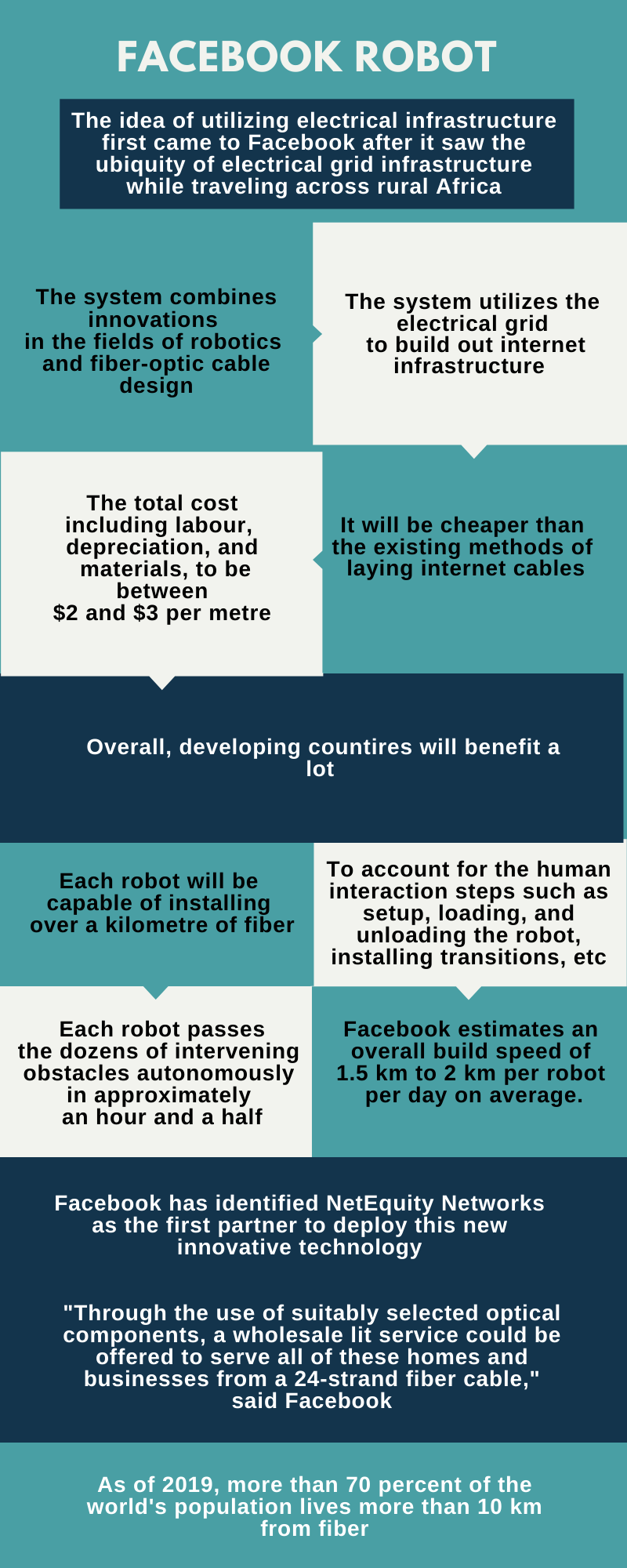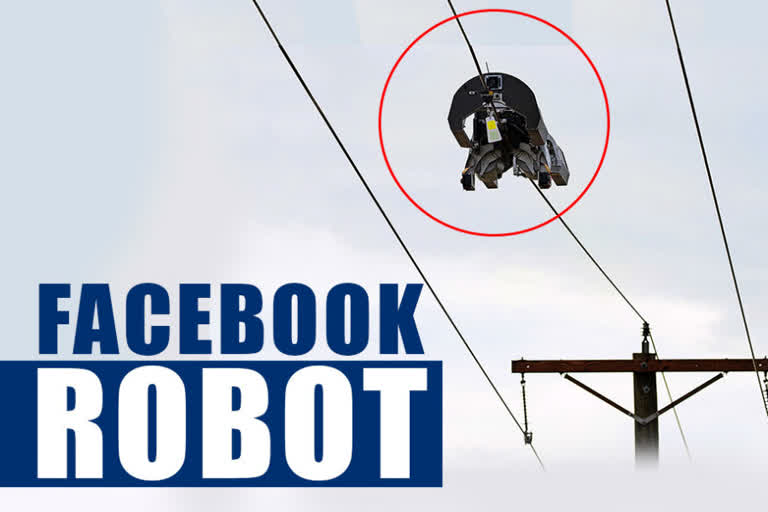San Francisco: "If successful, we believe this technology will allow fiber to effectively and sustainably be deployed within a few hundred meters of much of the world's population. We expect to see technology trials of this fiber deployment system next year," Facebook said.

With long transmission lines typically suspended on tall lattice towers, electrical transmission grids serve a function similar to the internet backbone, connecting generation sites to substations.
From substations, power travels along MV lines into communities for distribution.
"We realized that following the same grid with fiber could be an efficient way to build an end-to-end telecommunications network. To utilize the electrical grid and lower the cost of fiber deployments, we, therefore, chose to focus on aerial fiber construction," said Facebook.
Also Read: Features and specifications of Canon EOS R5 and Canon EOS R6 cameras, launched in India
The size and weight of the fiber cable are the most important factors in making helical wrap cost-effective in the MV space.
To enable compatibility with the thinnest power-line conductors, Facebook chose a minimum cable capacity per robot of a little more than 1 km.
A fiber network deployed following the electric grid has a big advantage. A fiber cable following an electric feeder will a few thousand homes per feeder, but in developing countries it can get as high as 15,000 homes per feeder.
"Through the use of suitably selected optical components, a wholesale lit service could be offered to serve all of these homes and businesses from a 24-strand fiber cable," said Facebook.
Globally, more than 3.5 billion people are still not connected to the internet. With average data usage per person growing 20 to 30 percent annually, legacy bandwidth-limited technologies have been pushed to their capacity limits.
"While we still have a number of steps to complete before our first deployment, we have confidence that this approach will yield a substantial improvement to both the cost and speed of fiber deployments," the company added.
Also Read: TECNO SPARK 5 Pro launched in India, features & specifications
(Inputs from IANS)



